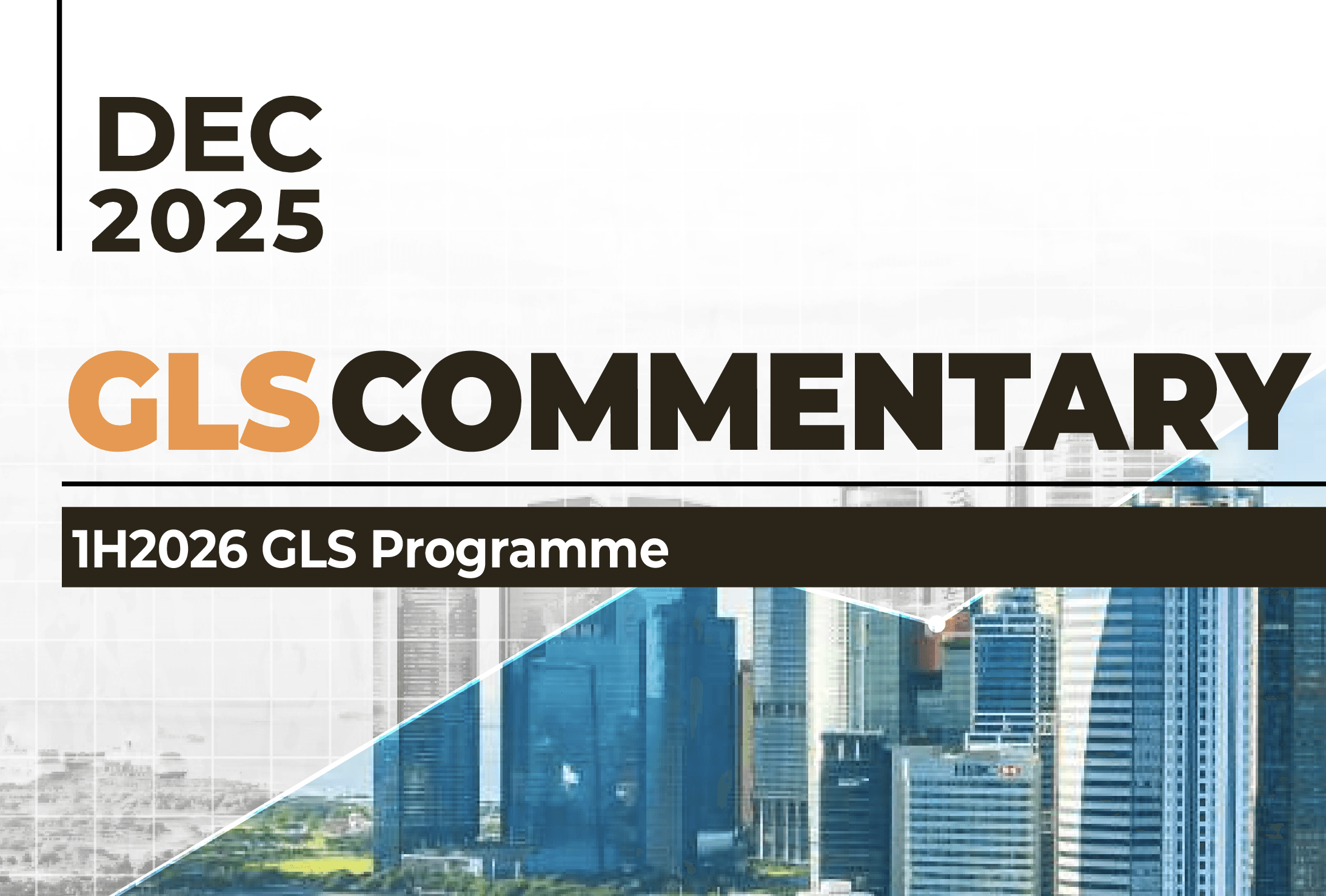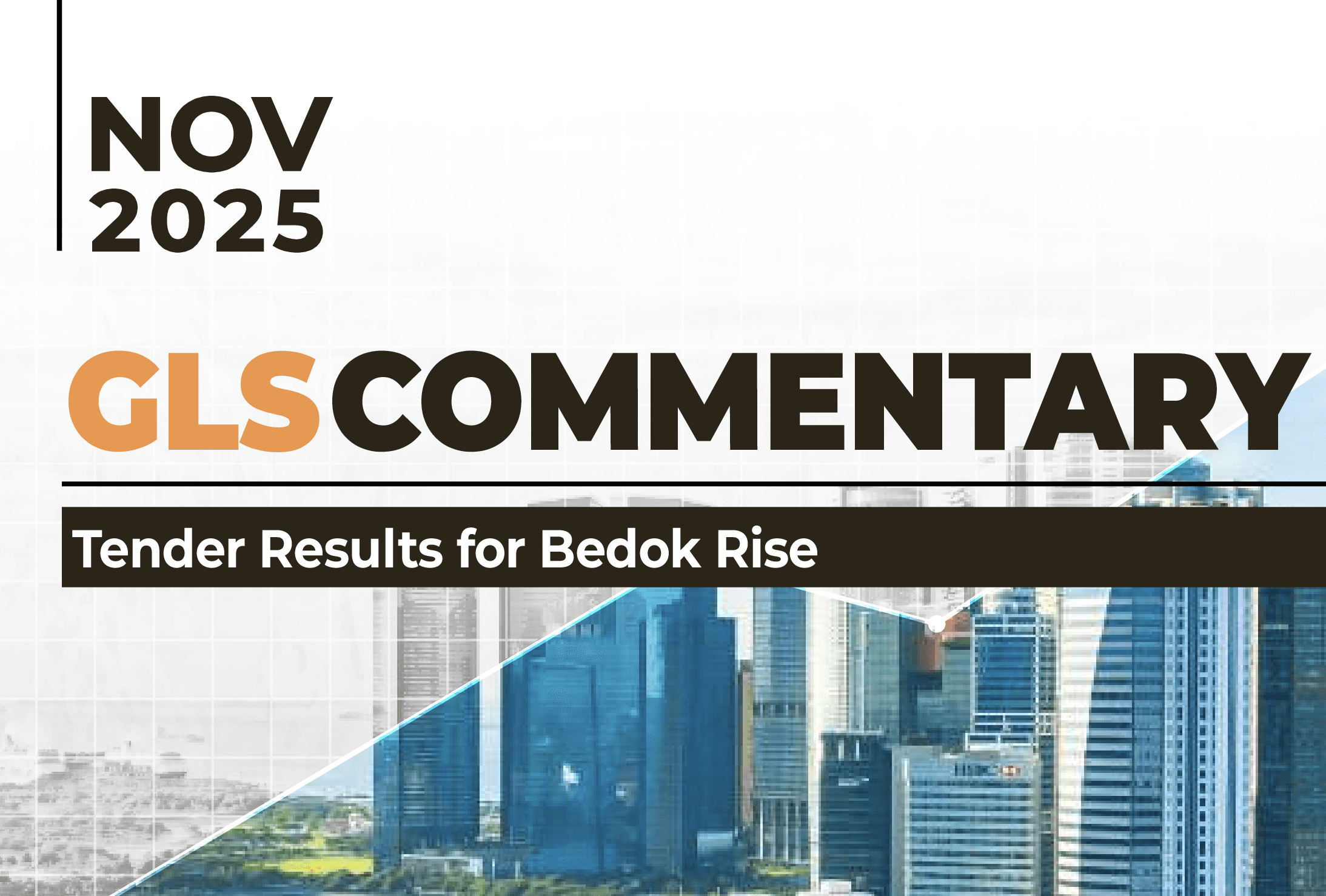The rental property market in Singapore during the second quarter of 2024 demonstrated notable trends and adjustments. The overall rental index showed a further moderation, with rental prices decreasing by 0.8% in 2Q2024, a smaller decline compared to the 1.9% drop in 1Q2024. This period also marked a stabilization in the market as rental prices in the first half of 2024 adjusted by -2.7%, a significant change from the 10.2% increase observed in the first half of 2023. The moderation can be attributed to the influx of newly completed developments entering the market, adding to the rental supply.
The number of non-landed rental contracts rose by 1.9% quarter-on-quarter, from 18,878 units in 1Q2024 to 19,558 units in 2Q2024. This increase is likely driven by the high volume of private developments completed in 2023, which have now entered the rental segment. The year-on-year growth of non-landed rental contracts in 1H2024 was 2.4%, reflecting continued demand for such properties. It is projected that the total non-landed rental volume for 2024 will fall between 78,000 and 80,000 contracts.
Newly completed developments, particularly those that obtained their Temporary Occupation Permit (TOP) recently, such as Normanton Park, Treasure at Tampines, Parc Clematis, and The M, have shown strong rental demand. Renters seem to favor newer units due to their fresh condition and minimal wear and tear.
Core Central Region (CCR) districts continued to lead in rental popularity, with District 9 securing the highest number of non-landed rental contracts in 1H2024, followed by Districts 10 and 15. These districts remain desirable among renters, underlining their prominence in the rental market.
The HDB rental market also experienced growth, with rental approvals increasing by 1.7% quarter-on-quarter from 9,398 in 1Q2024 to 9,554 in 2Q2024. A significant portion of these approvals (36.9%) were for 4-room flats, which saw the highest number of rental approvals since 3Q2023. Jurong West recorded the highest number of HDB rental transactions in 1H2024, followed by Tampines and Sengkang.
Despite the overall moderation in HDB rentals, the resale market strengthened in 1H2024, with a 6.9% increase in resale transactions compared to 1H2023. This trend indicates a shift towards resale flats among homeowners, partly due to the limited number of flats reaching their Minimum Occupation Period (MOP) in 2024.
School proximity significantly influenced rental growth in areas like Bukit Batok and Hougang, where highly sought-after schools like Princess Elizabeth Primary School and Holy Innocents' Primary School are located. The scarcity of larger flats and the high demand for school enrollment contributed to notable increases in rental prices in these areas.
Overall, the rental market in Singapore is stabilizing, supported by strategic housing initiatives from the government. These initiatives aim to alleviate rental pressures by boosting housing supply and providing targeted support for those in need, ensuring a balanced and accessible rental market for residents.
Click here for the full report
Prepared By:
Mohan Sandrasegeran
Head of Research & Data Analytics




